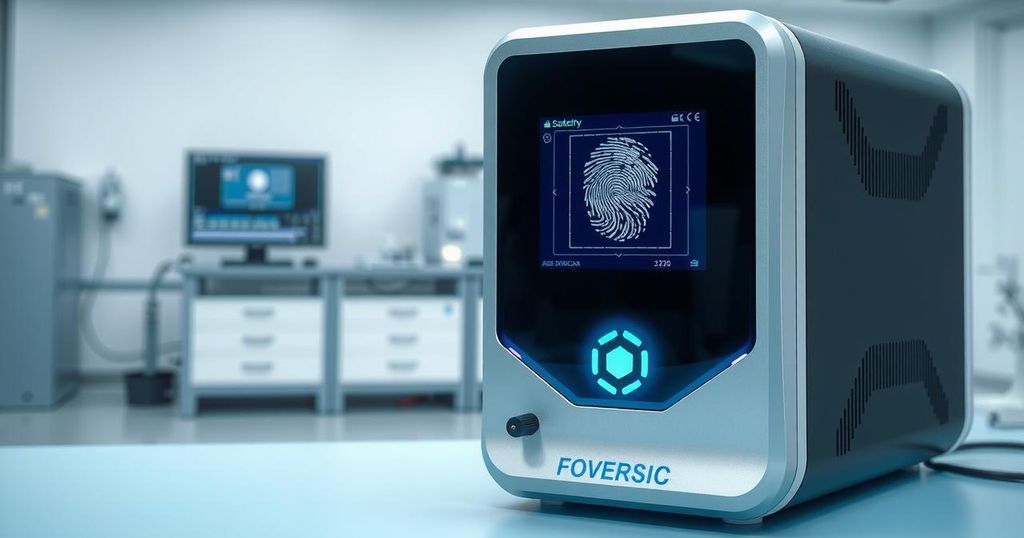This article explores the evolution of biometric security, outlining the technology’s transformation from fingerprint identification to complex systems integrating facial and iris recognition. It examines the inherent risks associated with biometric data, privacy concerns, and vulnerabilities against cyber threats, while highlighting the ethical implications of increasing biometric applications in everyday life. Furthermore, it discusses the future role of biometrics alongside traditional passwords in securing digital spaces despite existing challenges.
The development of biometric identification has transformed from rudimentary techniques to sophisticated technologies capable of secure individual recognition through unique biological and behavioral traits. The use of fingerprints, pioneered in the 19th century, has evolved significantly and integrated into modern security systems that range from smartphones to national identification programs. Biometrics now includes various methodologies, such as facial recognition, iris scanning, and voice recognition, which have become standard in many applications, including airport security and personal devices. Despite their advantages, biometric systems pose considerable security risks, primarily due to the immutable nature of biometric data. Once compromised, such data cannot be changed like passwords, which heightens concerns over data breaches and identity theft. For instance, the security incident involving an exposed database containing fingerprints and facial recognition data for over a million individuals illustrates these risks. Biometric systems utilize scanning devices, software for data processing, and secure databases to recognize individuals through either identification or verification modes. The enrollment stage captures the individual’s biometric information, creating digital templates that represent unique identifiers. However, these systems are vulnerable to various threats, including spoofing attacks using fake props and replay attacks that reuse valid authentication tokens. Research has revealed critical vulnerabilities in existing biometric technology, emphasizing an urgent need for robust cybersecurity measures. Moreover, the expansion of biometric applications into surveillance and personalized advertising raises ethical issues. Concerns about data misuse, privacy violations, and consent complicate the acceptance and implementation of such technologies.
Biometric technology has its roots in the late 19th-century exploration of fingerprint identification. Over the decades, advancements have led to the incorporation of biometric modalities such as facial recognition and iris scanning into numerous security applications. The integration of biometric systems into devices has skyrocketed usage, with smartphone manufacturers incorporating these systems as standard security features. However, as their adoption grows, so do concerns about security breaches involving these systems due to the permanence of biometric data, distinctive challenges regarding data privacy, and potential unethical use of data.
The intersection of convenience and security in biometric technologies presents a promising frontier for user authentication. While biometrics can enhance user experience and address certain vulnerabilities inherent in traditional passwords, they still require complementary security measures. The irreversible nature of biometric identifiers and the potential for misuse underscores the importance of a layered security framework that integrates biometric authentication with multi-factor verification strategies. As such, while biometrics are unlikely to fully replace passwords in the immediate future, their role in shaping the security landscape continues to expand, necessitating ongoing vigilance regarding their implementation and associated risks.
Original Source: socradar.io






